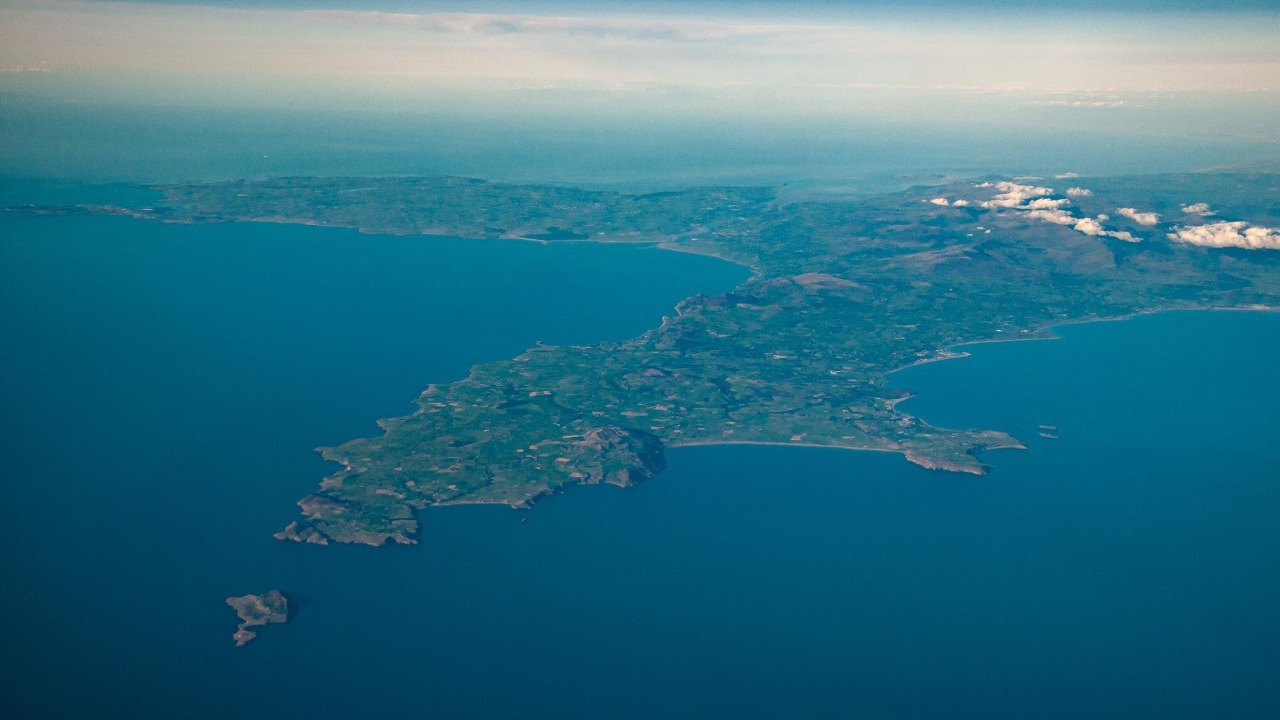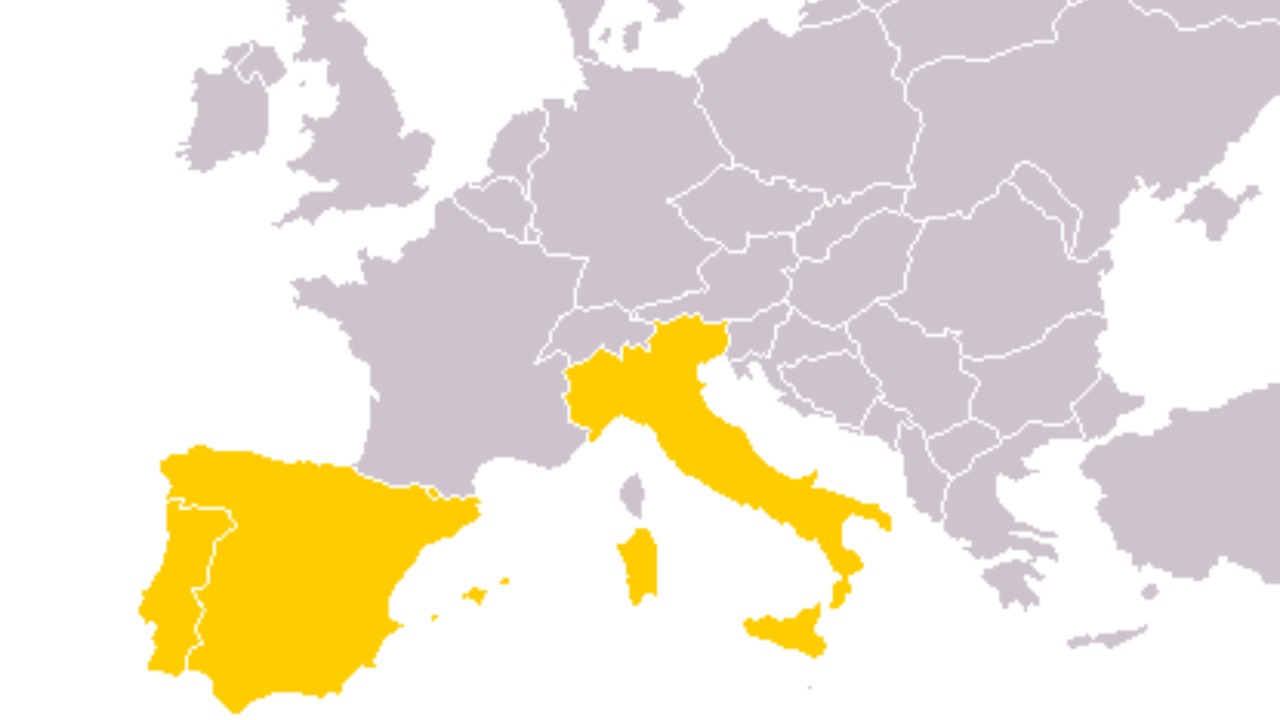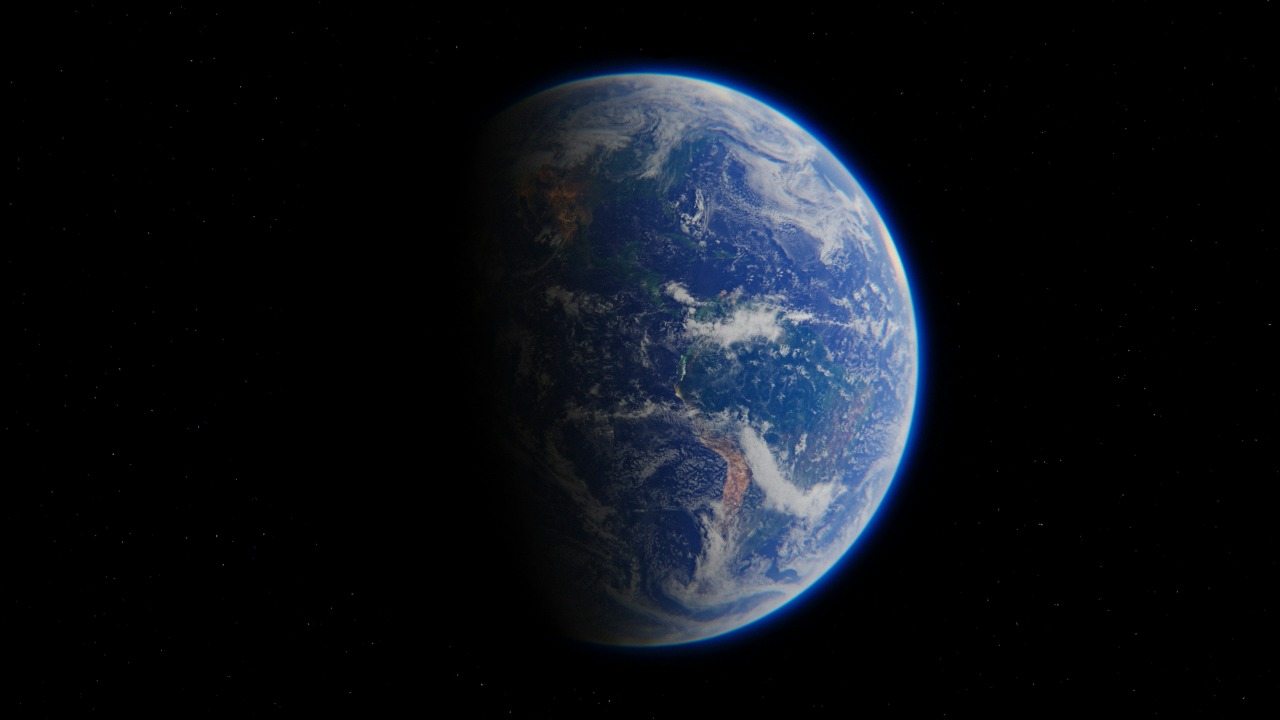
Recent discoveries have unearthed a fascinating chapter in Earth’s geological history: a lost continent beneath southern Europe. This revelation has captivated scientists and challenged our understanding of the planet’s geological framework. It offers a unique glimpse into ancient Earth, reshaping our understanding of continental dynamics and the historical shifts that have molded our present-day geography.
The Discovery of the Lost Continent

The revelation of a hidden continent beneath southern Europe is not just a product of modern science but the result of decades of geological research and speculation. Scientists identified the continent, known as “Greater Adria,” using a combination of advanced geological techniques. By analyzing seismic data and reconstructing the movements of tectonic plates, researchers were able to piece together the contours of this long-lost landmass that existed around 140 million years ago. This discovery builds on a foundation of geological studies that have long hinted at the existence of mysterious landmasses that have since vanished beneath the Earth’s surface.
The significance of this discovery extends beyond the realm of geology. For the scientific community, it represents a crucial piece of the puzzle in understanding Earth’s complex history. The finding challenges our current knowledge of continental formations and raises questions about the processes that govern tectonic movements. Additionally, the discovery of Greater Adria reshapes our understanding of Earth’s historical geography, offering new insights into how continents evolve and interact over millions of years.
Modern technology played a pivotal role in unearthing this geological wonder. Techniques such as seismic imaging, which allows scientists to visualize structures beneath the Earth’s surface, and the study of plate tectonics provided the tools necessary to identify Greater Adria. These technologies have opened new avenues for exploring Earth’s geological past, enabling researchers to uncover secrets that have lain hidden for millennia. As our understanding of these processes deepens, the potential for further discoveries grows, promising to unveil even more about our planet’s dynamic history.
A Journey Through Geological Time

Greater Adria’s existence can be traced back approximately 140 million years, during a time when the Earth’s continents were configured in vastly different ways. This ancient landmass was part of a tectonic plate that once connected to what is now southern Europe. Over the millennia, tectonic forces caused the continent to drift and eventually become submerged beneath the Eurasian Plate. This geological timeline provides a fascinating glimpse into the Earth’s past, illustrating the dynamic nature of our planet’s surface.
The geological features and composition of Greater Adria are equally intriguing. The continent is believed to consist of a variety of rock types, including limestone, sandstone, and shale, which offer clues about the environmental conditions that prevailed millions of years ago. Additionally, the potential presence of natural resources such as minerals and fossil fuels adds an economic dimension to the discovery, raising the possibility of future exploration and exploitation.
The process by which Greater Adria became “lost” is a testament to the power of tectonic forces. As the supercontinent Pangaea began to break apart, the tectonic plates that comprised it started to shift and drift across the globe. Greater Adria, caught in these massive geological movements, was gradually subsumed beneath the larger Eurasian Plate. This breakup and drift highlight the complex interplay between tectonic shifts and continental evolution, offering valuable insights into the forces that continue to shape our world today.
Implications for Our Understanding of Earth’s History

The discovery of Greater Adria invites a reevaluation of the number of continents on Earth, challenging long-held assumptions about continental configurations. As scientists integrate these findings into their understanding of Earth’s past, the potential for a revised continental map emerges. This reevaluation not only enriches our comprehension of historical geography but also prompts a reconsideration of the criteria that define a continent and its place in the geological record.
Insights into plate tectonics gained from this discovery are equally significant. Greater Adria serves as a case study for understanding the dynamics of the Earth’s crust and the processes that drive tectonic movements. By examining the interactions between tectonic plates, scientists can glean valuable information about the mechanisms that govern earthquakes, volcanic activity, and mountain formation. These insights have the potential to enhance our ability to predict and mitigate the impacts of natural disasters, contributing to a safer and more resilient world.
The existence of Greater Adria also has implications for evolutionary biology. As an ancient landmass, Greater Adria may have played a role in shaping the evolution and distribution of species in the region. By providing a land bridge between different continents, the continent could have facilitated the migration and diversification of various species, leaving a lasting imprint on the region’s biodiversity. Understanding these historical connections can offer valuable insights into the processes that drive evolution and the factors that influence the distribution of life on Earth.
Future Research and Exploration

The discovery of Greater Adria opens the door to a wealth of potential further discoveries hidden beneath Europe’s surface. As scientists continue to explore the depths of our planet, the possibility of uncovering additional lost continents, submerged landscapes, and geological formations remains tantalizingly within reach. With each new revelation, our understanding of Earth’s history deepens, challenging us to rethink the boundaries of what is known and to embrace the mysteries that lie just beneath our feet.
To fully unlock these secrets, technological advancements are essential. Innovations in seismic imaging, remote sensing, and geological modeling will play a crucial role in uncovering hidden geological features and refining our understanding of Earth’s structure. These tools, combined with advances in data analysis and computational modeling, will empower scientists to navigate the complexities of our planet’s interior, shedding light on the forces that have shaped its past and continue to influence its future.
Collaboration across disciplines is paramount to fully grasp the implications of discoveries like Greater Adria. By fostering partnerships between geologists, archaeologists, biologists, and other scientists, we can develop a more comprehensive understanding of Earth’s history and its interconnected systems. Interdisciplinary research holds the key to unlocking the full potential of these findings, allowing us to piece together the intricate tapestry of our planet’s past and chart a course for future exploration.
In conclusion, the discovery of a lost continent beneath southern Europe is a testament to the power of scientific inquiry and the enduring mysteries of our planet. As we continue to delve into the depths of Earth’s geological history, we are reminded of the dynamic forces that have shaped our world and the limitless potential for discovery that lies ahead.